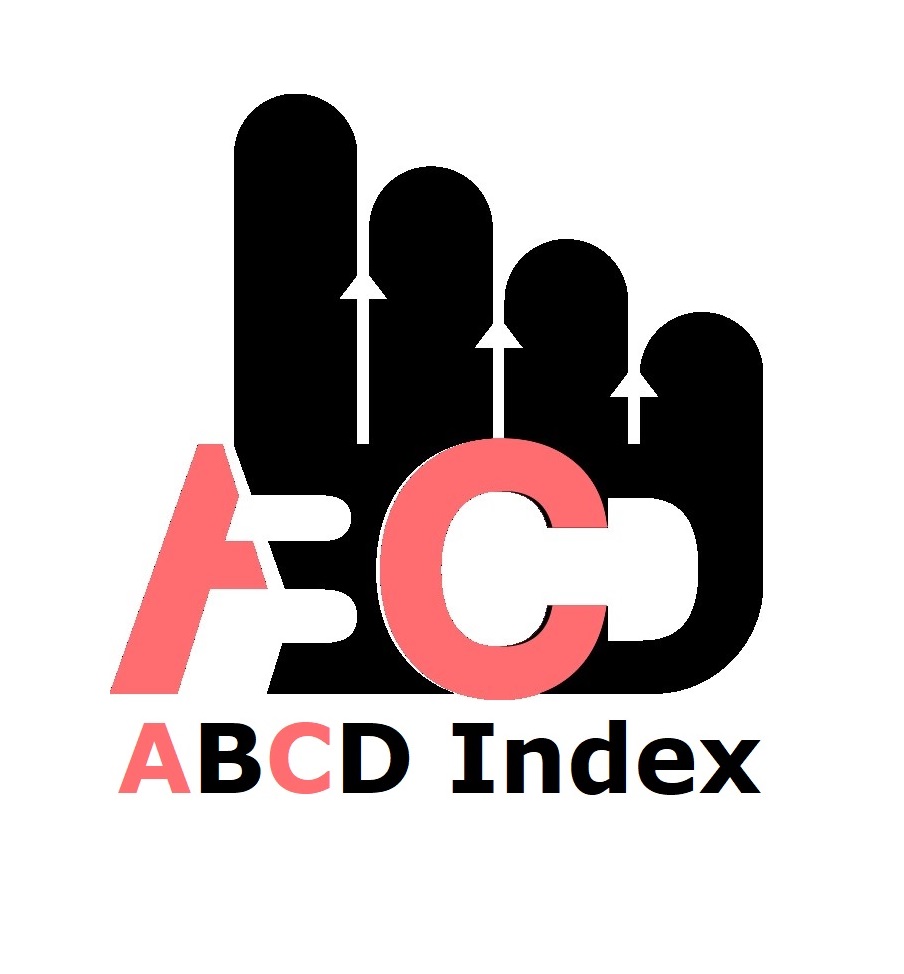Factors Affecting the Adoption of E-HRM Practices in Public Service Organizations in Tanzania: A Case Study of the Tanzania Judicial Service Commission Headquarters
Keywords:
Adoption, e-HRM, Public Service Organizations, TanzaniaAbstract
The scanty understanding on the factors affecting the adoption of e-HRM practices among public service organizations in Tanzania posed a rationale of undertaking this study. The study took place at the Judicial Service Commission of Tanzania. This study sought to address three specific objectives; to assess HRM practices which are under e-HRM, factors influencing the adoption of e-HRM practices and challenges facing the adoption of e-HRM practices in the study area. This study was guided by innovation adoption theory. The study used descriptive case-study research design with a mix of qualitative and quantitative research approaches. Simple random sampling was used to sample 77 respondents out of 96 employees who constitute the target population from the study area. Data collection was done through interview and questionnaire methods where contents analysis and descriptive statistics analysis were used in data analysis. The study findings revealed seven HRM practices in the study area are under e-HRM namely planning, recruitment and selection, training and development, performance appraisal, compensation, health related, safety and labour relations practices. The study findings further revealed social, economic and institutional factors as the major factors influencing the adoption of e-HRM practices in the study area. This study concluded inadequate ICT skills among employees, competent ICT experts, financial resources, e-HRM practices awareness, capacity building programs, supportive laws and policies as the major challenges facing the adoption of e-HRM practices. The study further concludes the e-HRM having strong contribution to the entire organizational performance. In the view of the revealed study findings, the study hereby recommends to the public service organizations to conduct routine capacity building programs for creating awareness and strengthening the adoption of e-HRM practices in the organizational undertakings.
Published
How to Cite
Issue
Section
Copyright (c) 2024 Editha E. Kyebyala, Mary Mohamed Rutenge

This work is licensed under a Creative Commons Attribution-NonCommercial 4.0 International License.
Most read articles by the same author(s)
- Beatrice Silidion Dominic, Mary Mohamed Rutenge, Exploring Employees’ Perception of the Effectiveness of Public Employees’ Performance Management Information System: A Case of the Judiciary of Tanzania , African Journal of Empirical Research: Vol. 5 No. 4 (2024): Oct-Dec 2024
- Grace Mtisho, Mary Mohamed Rutenge, The The Impact of Political Interference in Decision Making on The Performance of Local Government Authorities (LGAS) in Tanzania: Case of Temeke Municipal Council in Tanzania , African Journal of Empirical Research: Vol. 5 No. 4 (2024): Oct-Dec 2024
- Hasbon Lameck Mollel, Mary Mohamed Rutenge, Adoption and Use of Electronic Human Resources Management Systems for Service Delivery in Tanzania: A Case to Tanzania Airports Authority , African Journal of Empirical Research: Vol. 5 No. 4 (2024): Oct-Dec 2024
- Shirrin Aziz Nanji, Mary Mohamed Rutenge, The Level of Accessibility of e-Feedback System Technology among Citizens of Temeke Municipal Council in Dar es Salaam, Tanzania , African Journal of Empirical Research: Vol. 5 No. 4 (2024): Oct-Dec 2024
- Zaytuni I. Bunduki, Mary Mohamed Rutenge, Exploring the Practice of Training Needs Assessment towards Improving Quality Public Service Delivery: A Case of Tanzania Port Authority , African Journal of Empirical Research: Vol. 5 No. 4 (2024): Oct-Dec 2024
- Nipael Hans, Mary Mohamed Rutenge, Evaluation of the Opportunities Presented by the Adoption of E-Government in Enhancing Local Government Authority Performance at Kinondoni Municipal Council in Tanzania , African Journal of Empirical Research: Vol. 5 No. 4 (2024): Oct-Dec 2024























